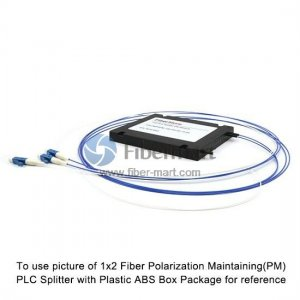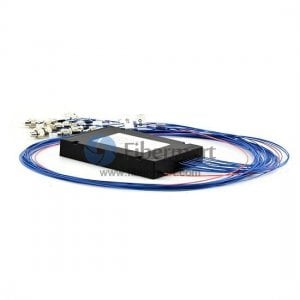There is a continuing need for high-speed, dependable, and affordable network solutions in the fast-paced world of telecommunications. To satisfy these needs, the photonic layer circuit PM PLC Splitter has become more important. They offer several benefits that increase the efficacy and efficiency of communications networks.

Small & Space-Saving Design
PLC splitters are perfect for usage in confined spaces and congested telecommunication cabinets because of their small size and space-efficient construction. Network operators may optimize space use with their tiny form factor, resulting in more efficient and well-organized network deployments.
Elevated Division Ratio
The capacity of PLC splitters to produce large splitting ratios—that is, to divide optical signals into many pathways without compromising signal quality—is one of its noteworthy features. PLC splitters provide flexibility for a range of network topologies and deployment circumstances by supporting split ratios as high as 1:2, 1:4, 1:8, and even higher.
Minimal Insertion Loss
To guarantee dependable data transfer in telecommunications, signal strength maintenance is essential. Because PM Fiber Splitter has a low insertion loss, they divide optical signals with the least amount of signal attenuation possible. This feature aids in maintaining signal integrity and overall network performance.
The capacity to use broadband
PLC splitters may function across a large range of wavelengths because of their exceptional broadband capacity. Because of their adaptability, they can be used with a wide range of optical systems, thus network operators may deploy them in a variety of applications without having to take wavelength specificity into account.
Dependability and Sturdiness
Reliability in telecommunications is critical. PLC splitters are made with premium materials and manufacturing techniques, which provide strong and long-lasting parts. Because of its dependability, there is less need for regular maintenance and less downtime due to constant performance throughout time.

The ability to scale
Scalability becomes an important factor as network requirements change. Because Polarization Maintaining Splitter are scalable, network operators may easily add more splitters to their systems to meet the increasing need for data transmission capacity.



